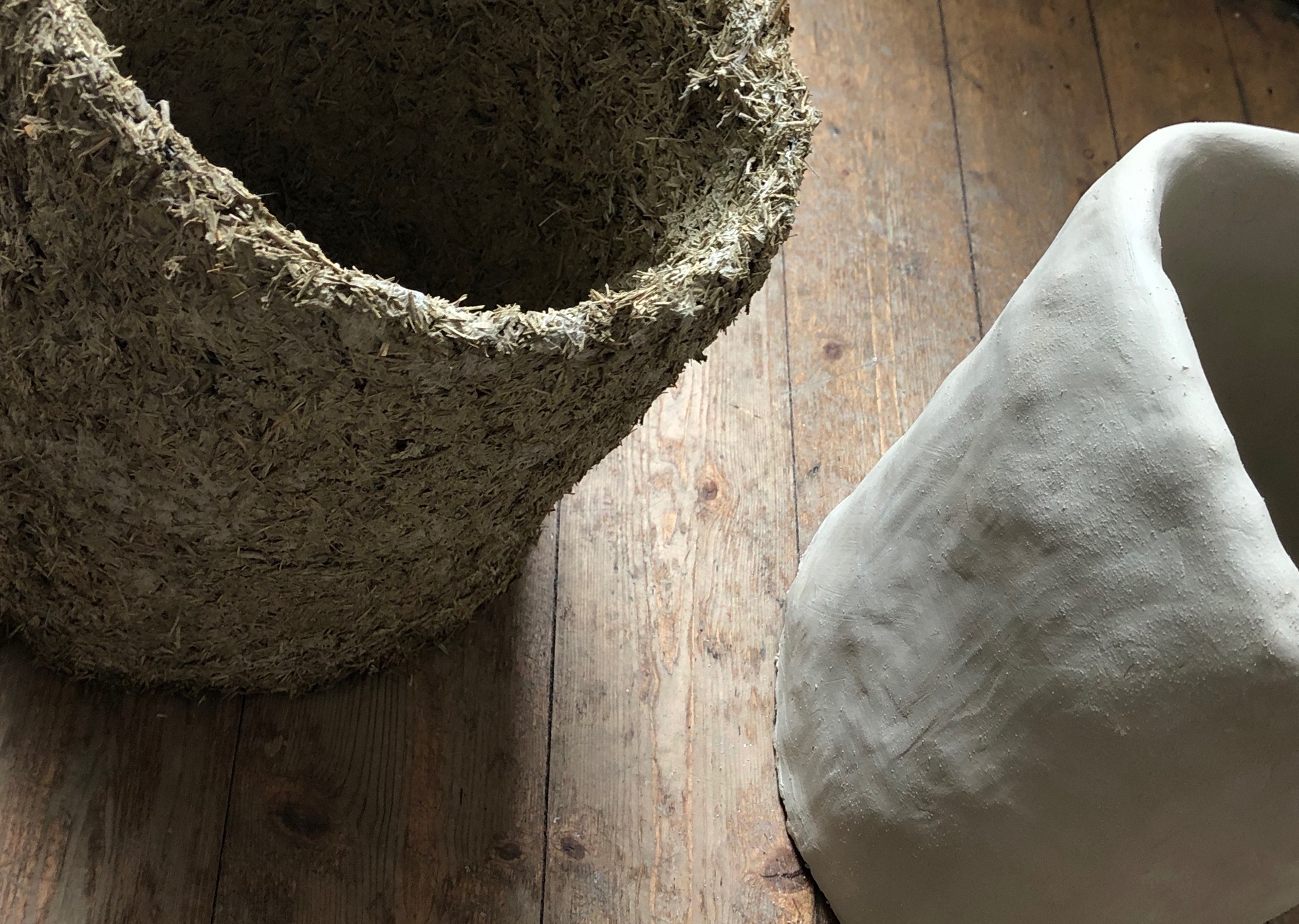
Common Flax
When we consider the materials and objects that surround us, we often do not know from which resources they consist, where they come from and under which conditions the materials are processed. Because if we look at the products more closely, processing takes place in distant countries all over the world, which have toxic effects on the environment and people.
Common flax is a reaction and reflection on this present issue in the context of local flax production in Europe. Flax, or linen, is one of the oldest crops in Europe. It has only been forgotten. With this project, I intend to investigate the smallest scale in which linen processing can take place regionally and to create innovative and circular applications using an artistic and explorative approach.
In a joint co-creations process with interdisciplinary partners, different perspectives on the regional fibre plant are shown. Objects become storytellers. The project aims to explore the relationship between tradition and local production and appreciation of regional resources, linking past, present and future.
In an exhibition, the objects are presented to create links and contact points with the raw material flax and to draw attention to the value of local manufacturing.
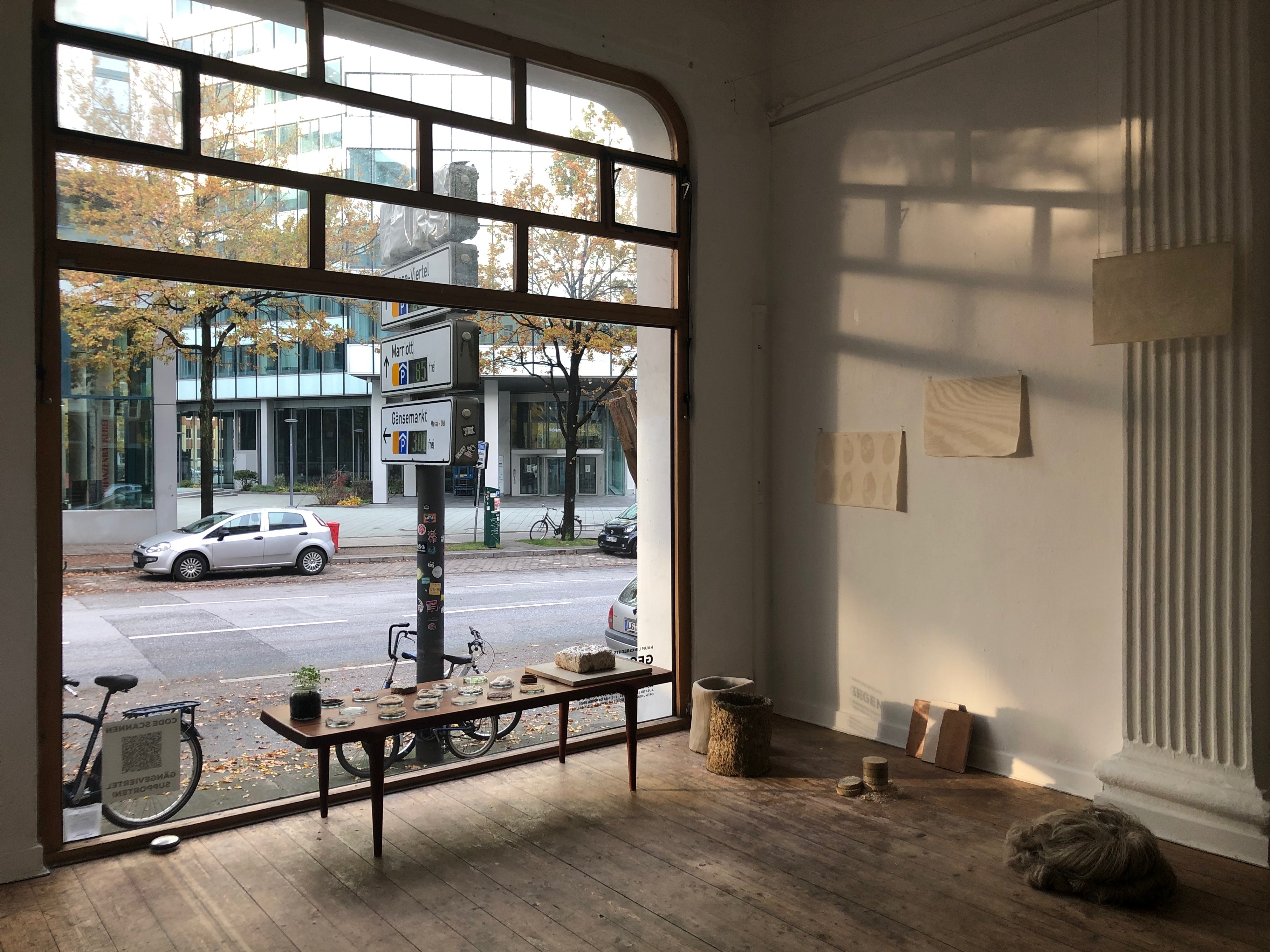
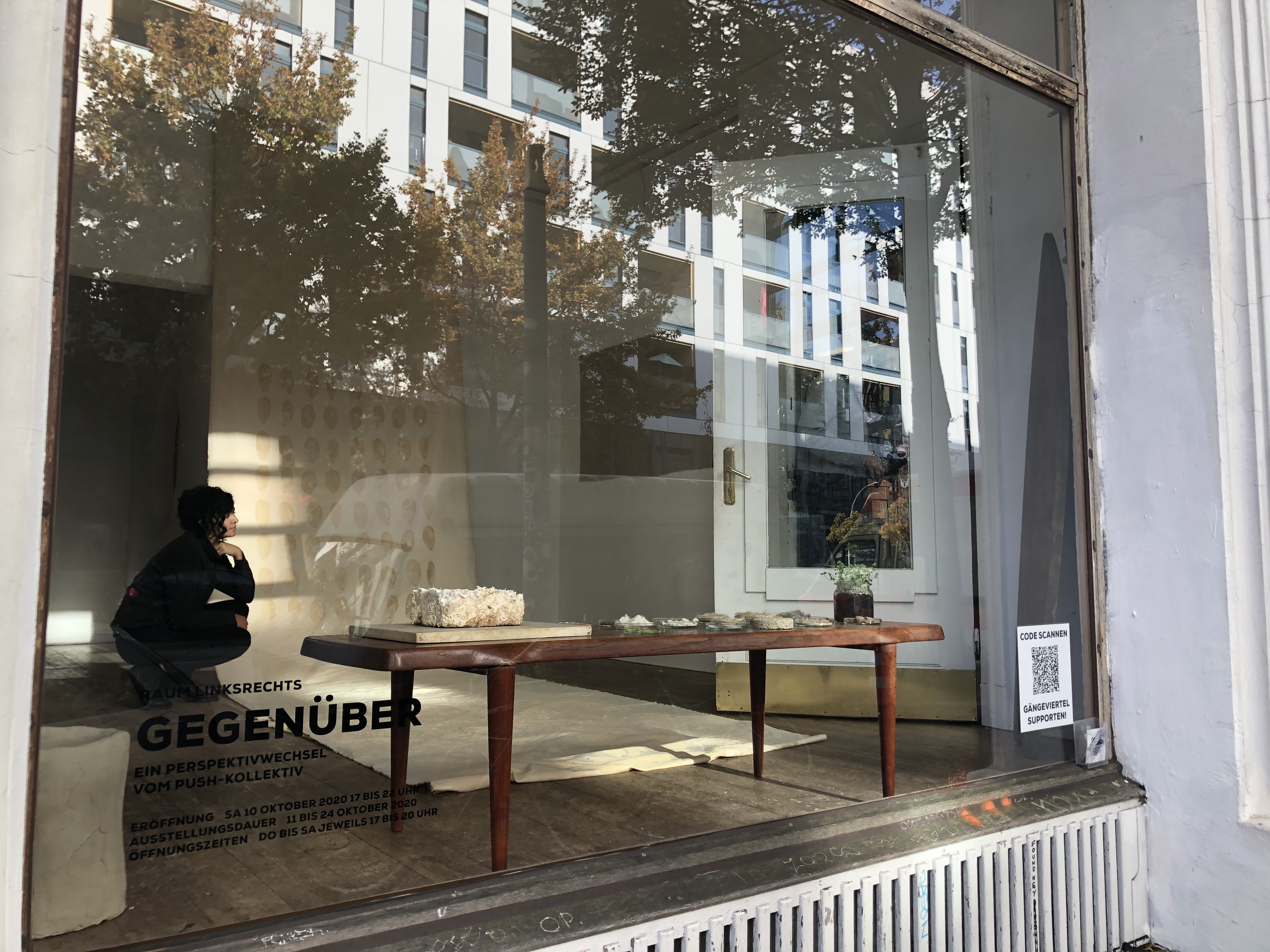
Linen textiles from European cultivation and processing form the basis for installations. Linen is used to communicate through linen: Images, satellite pictures and graphics are visualized and woven into a linen fabric as stored information. On the one hand, information about linen is illustrated: Cultivation areas, growing conditions and the production steps and on the other hand linen is a medium to draw attention to various geopolitical grievances as a consequence of a globally interwoven textile industry.
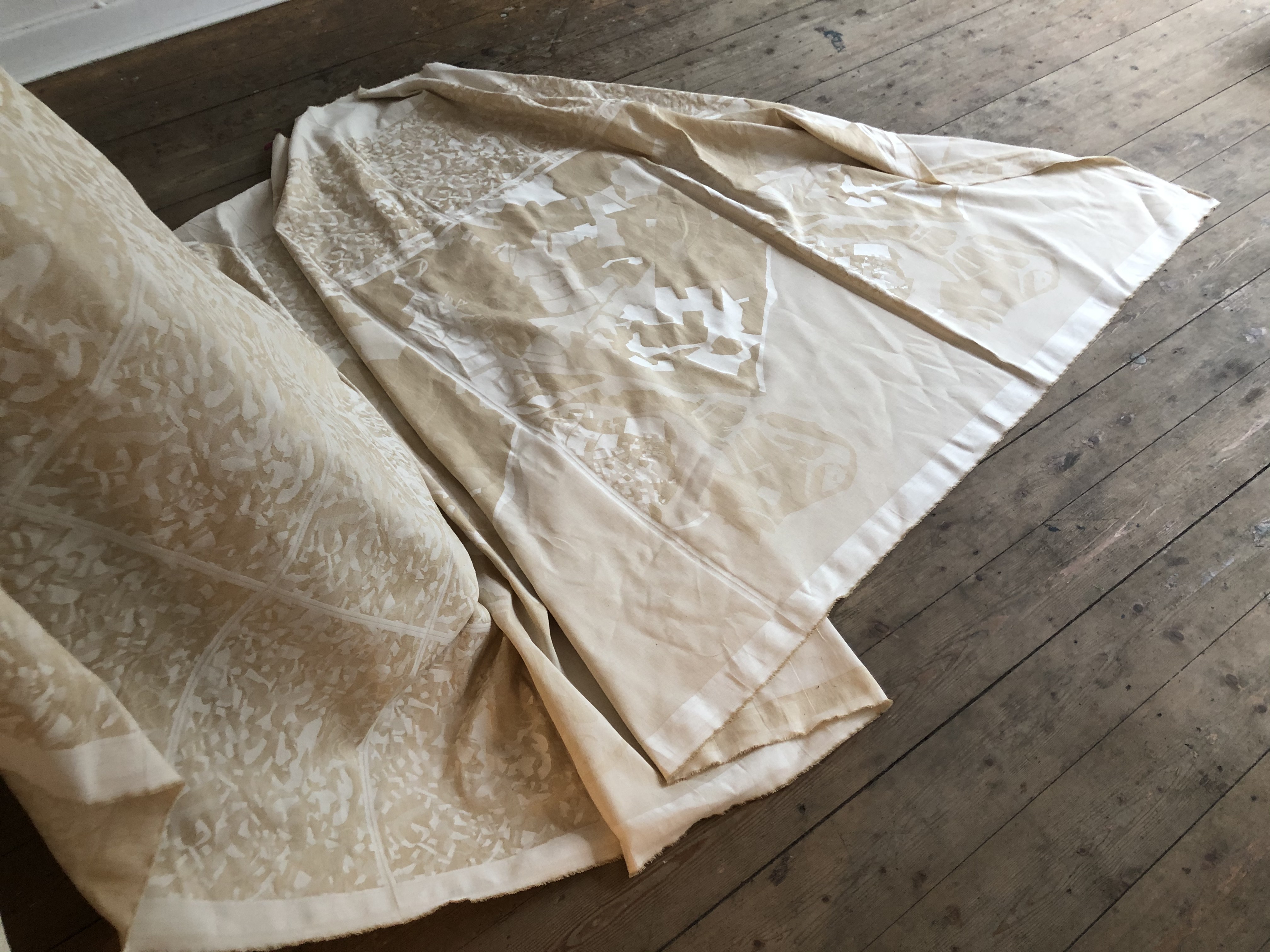
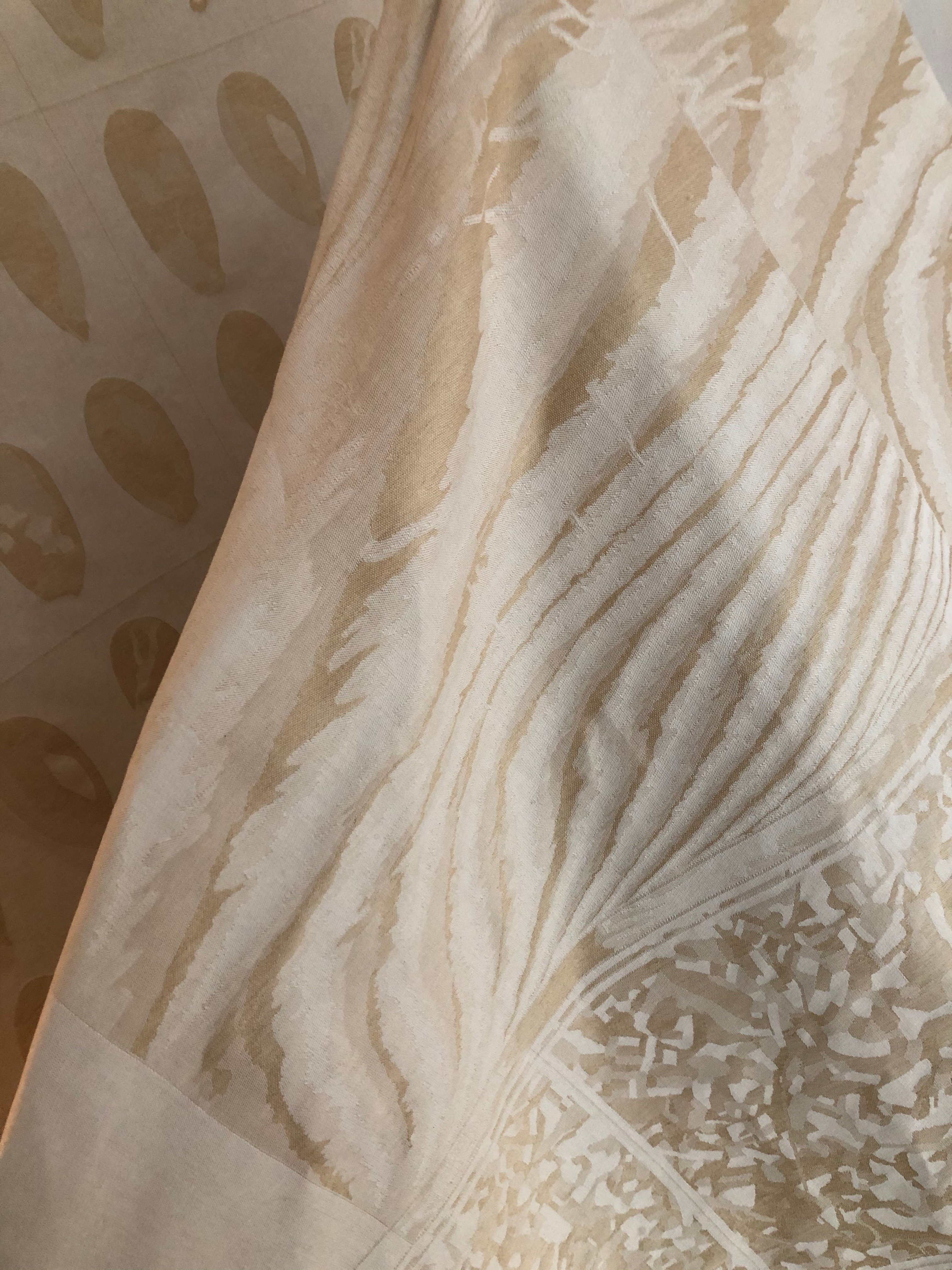
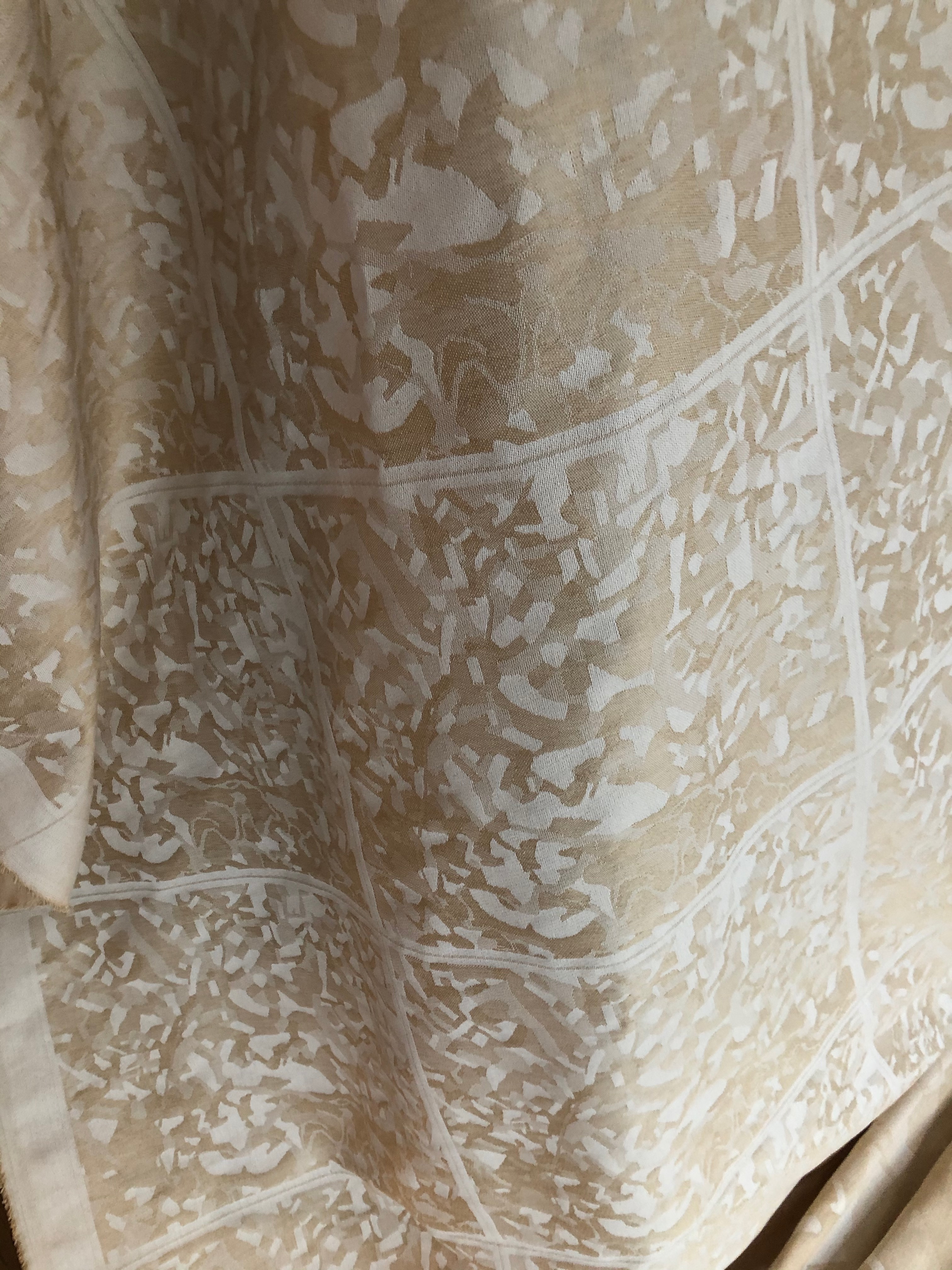
In the exhibition space, different points of contact with linen are created. Natural materials such as flax can be approached and explored with our sensors without hesitation. As a renewable raw material, it is not toxic and does not cause allergic reactions.
